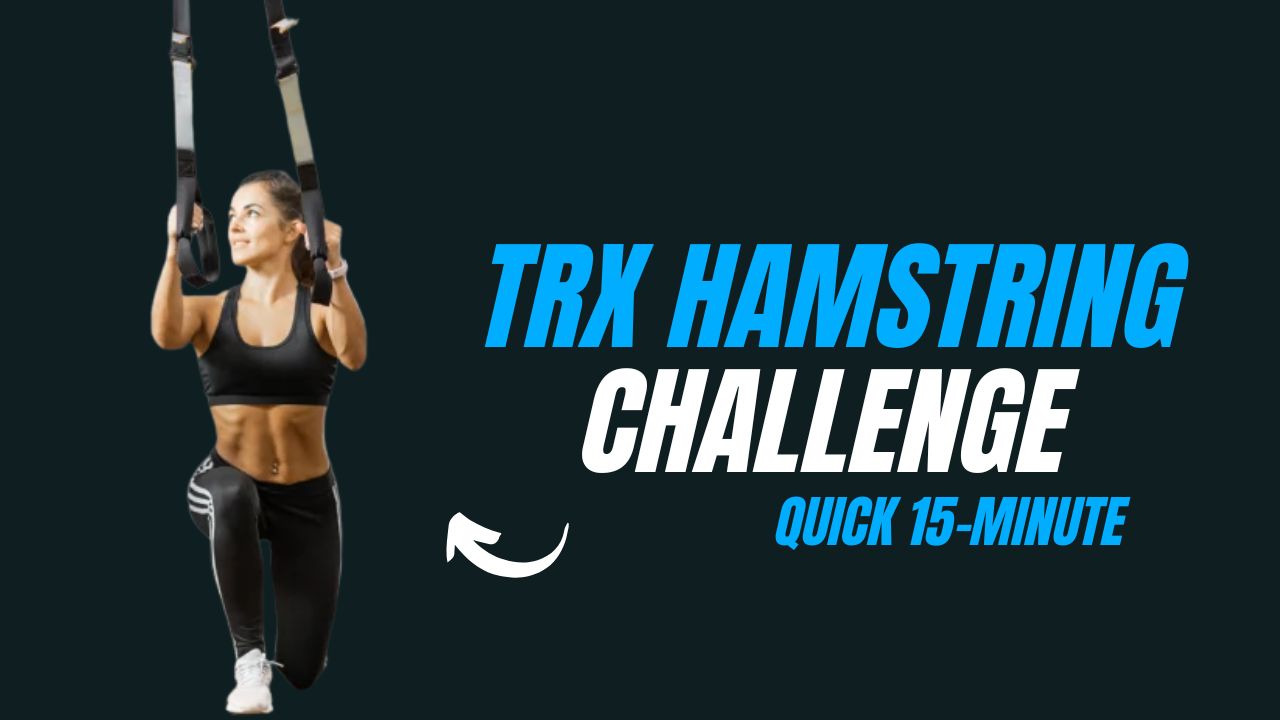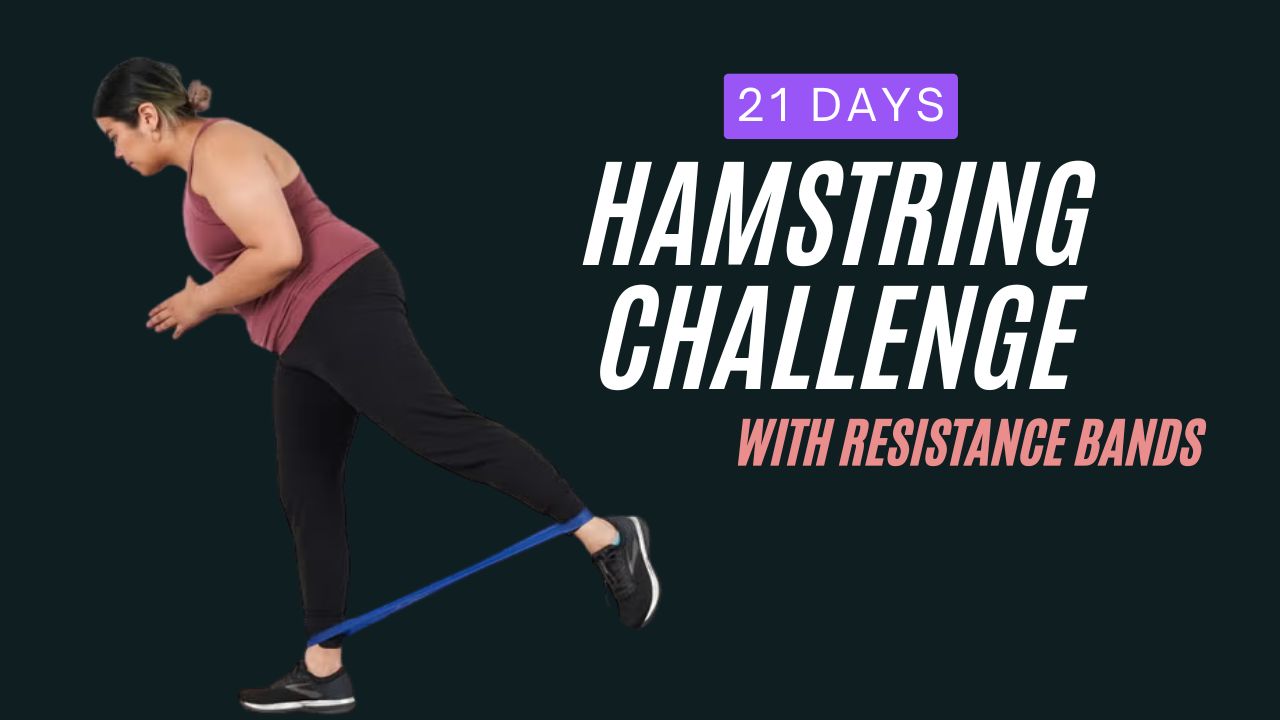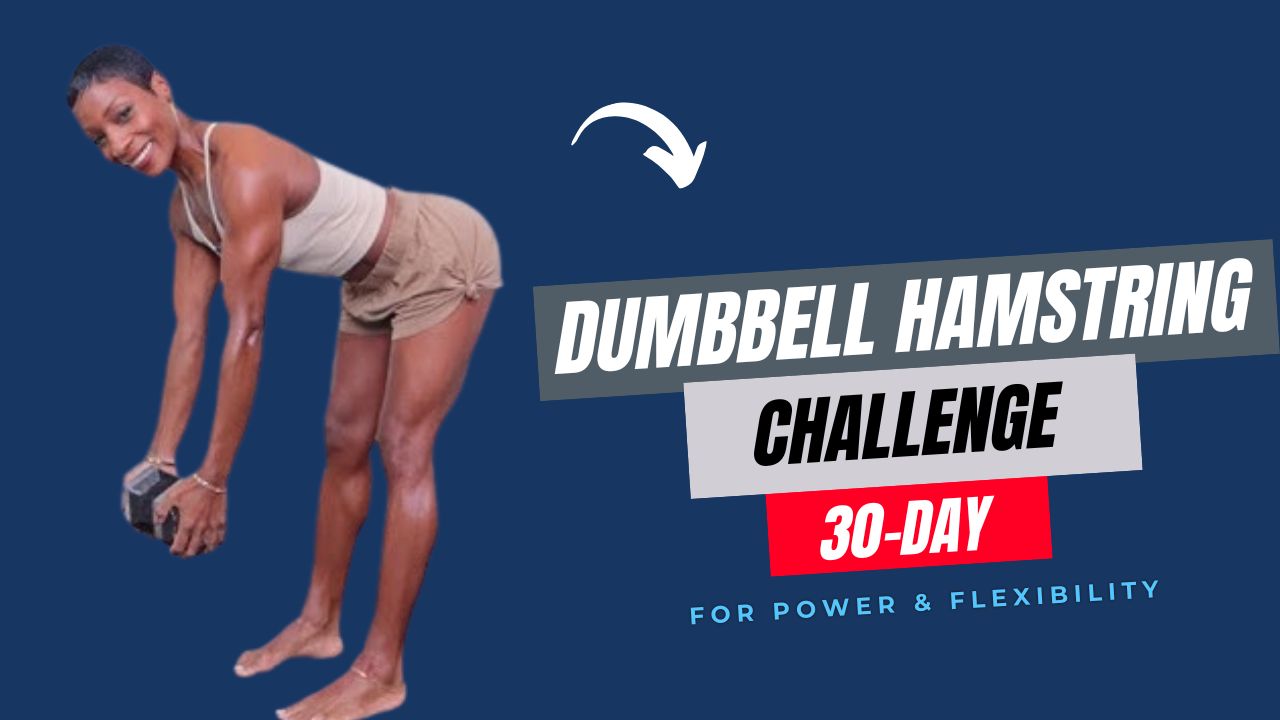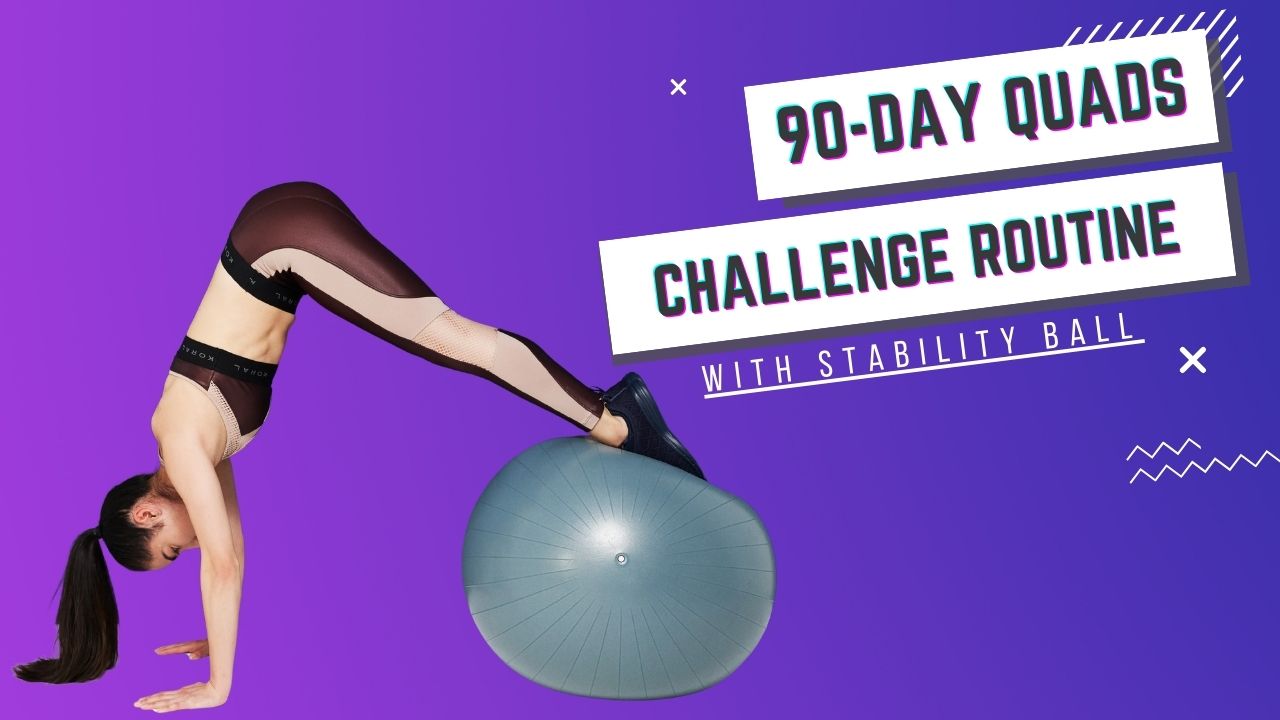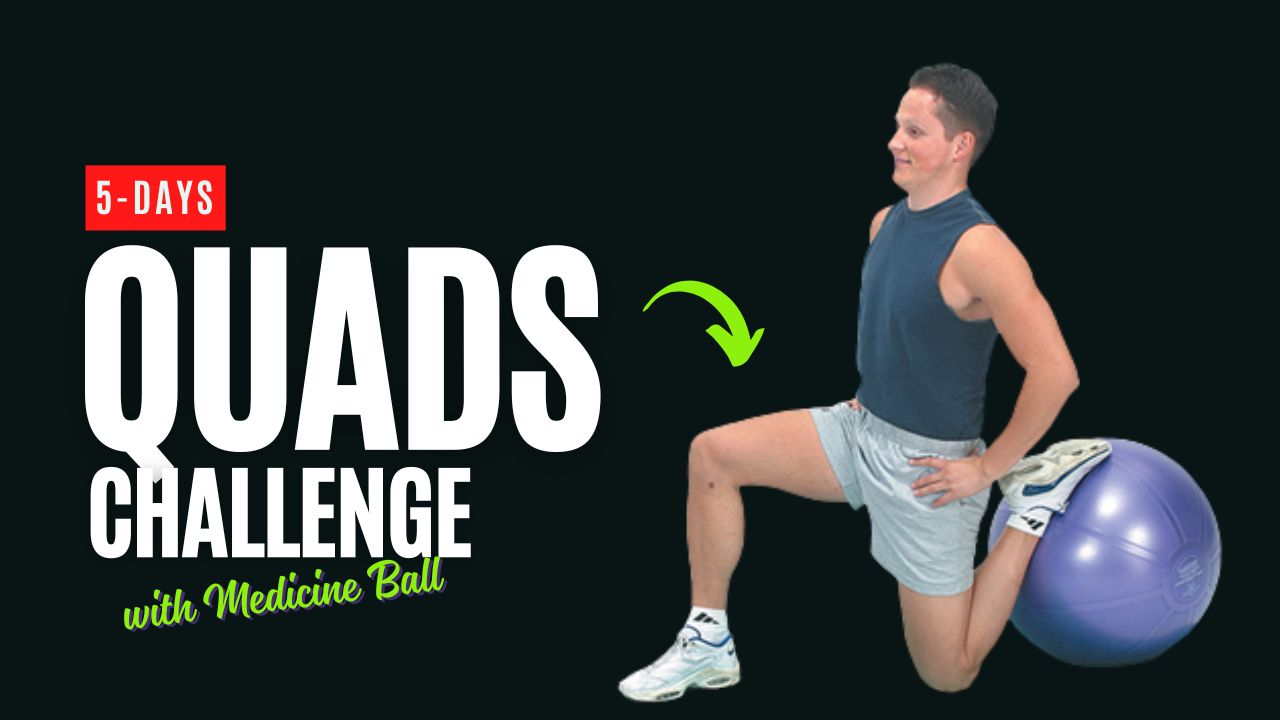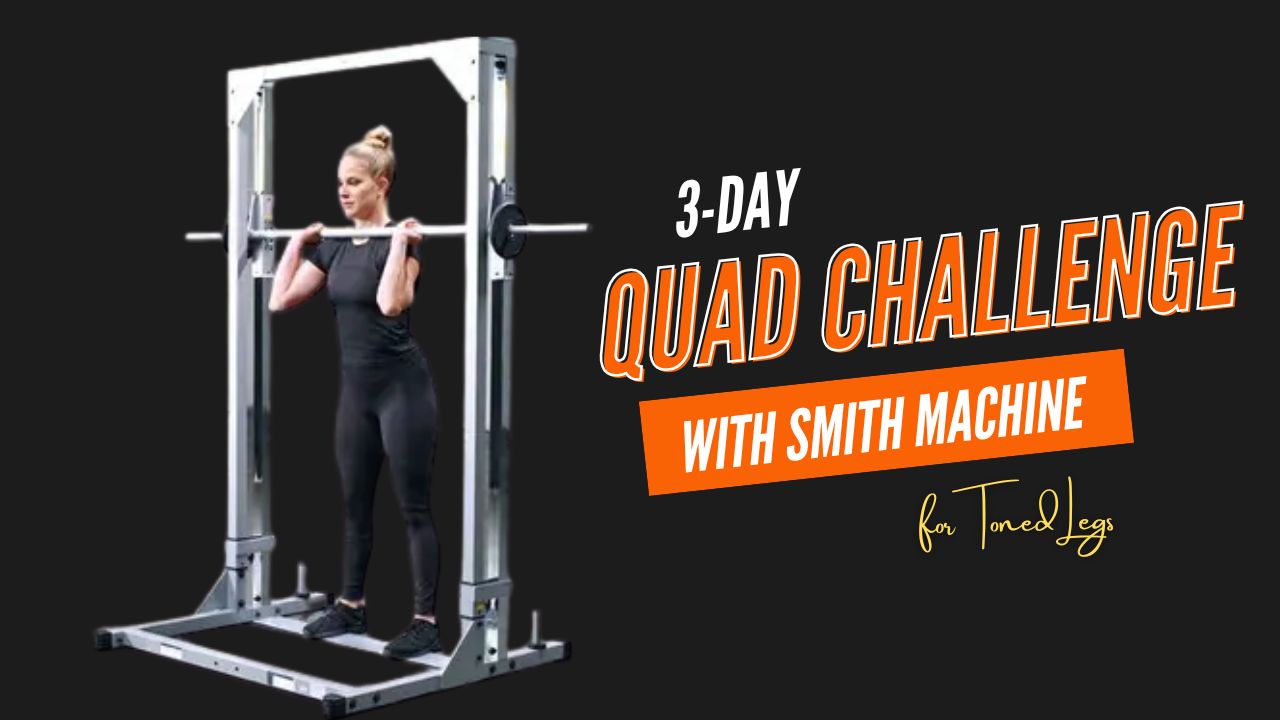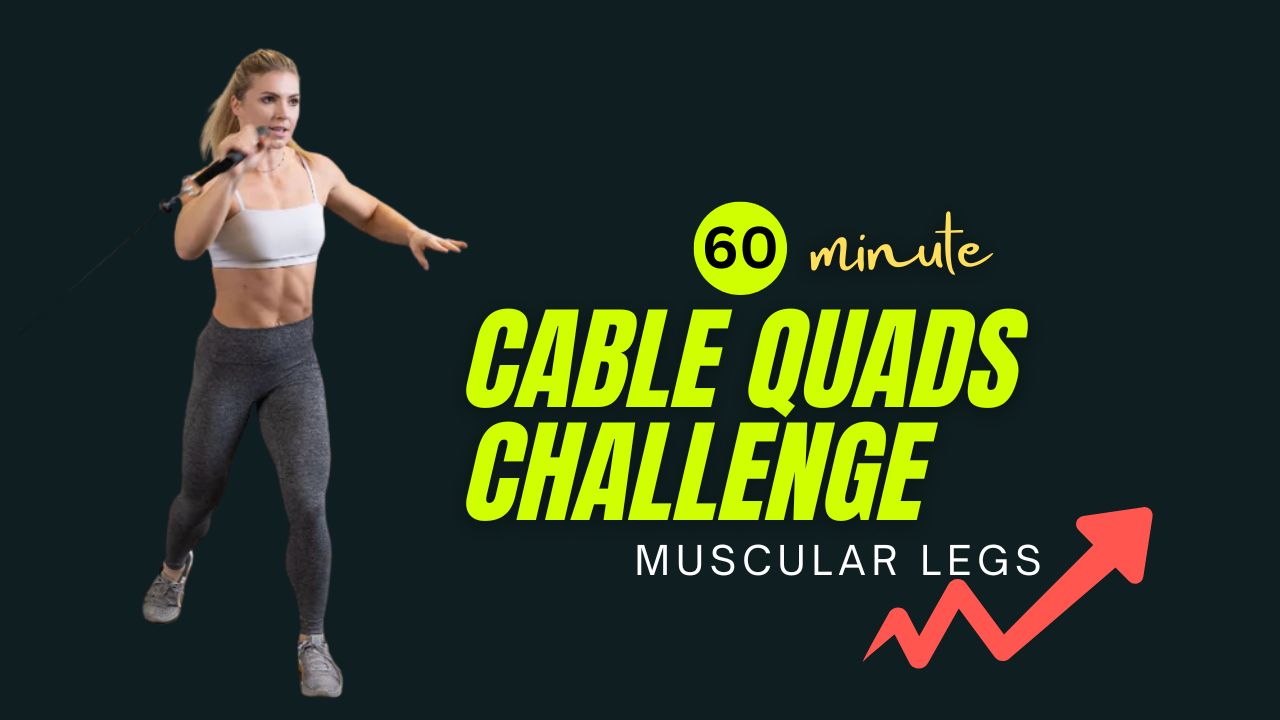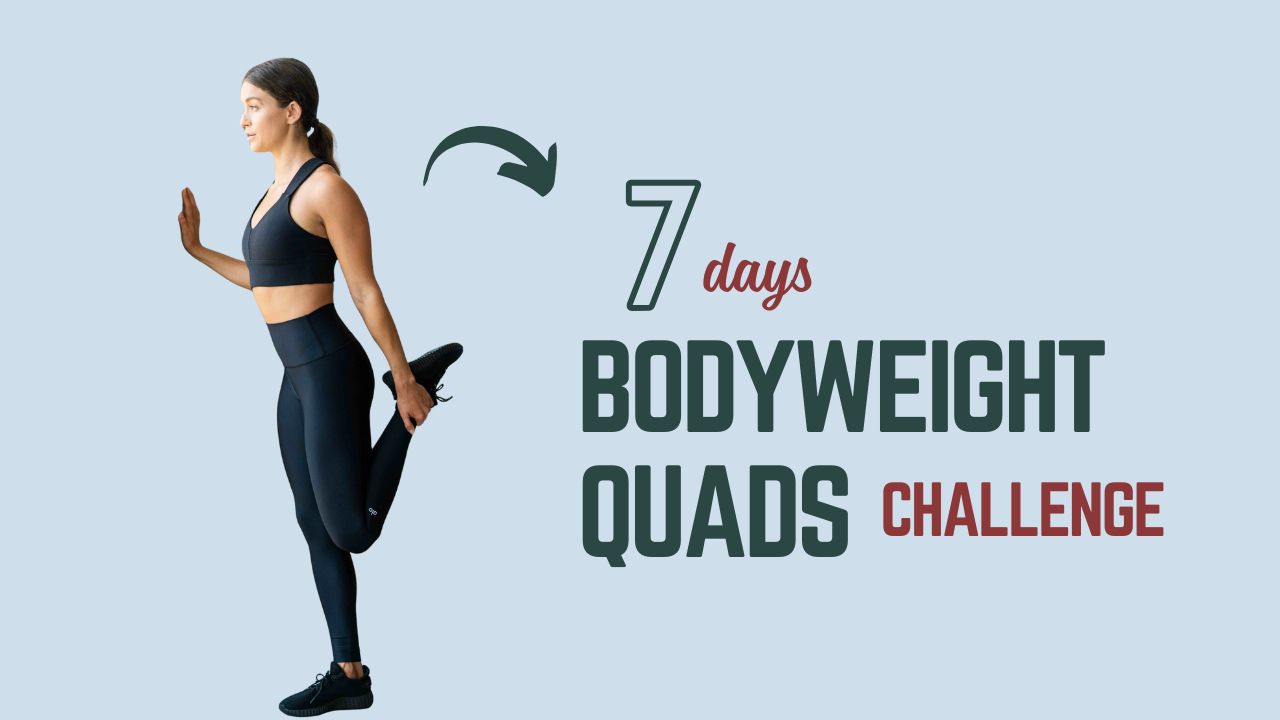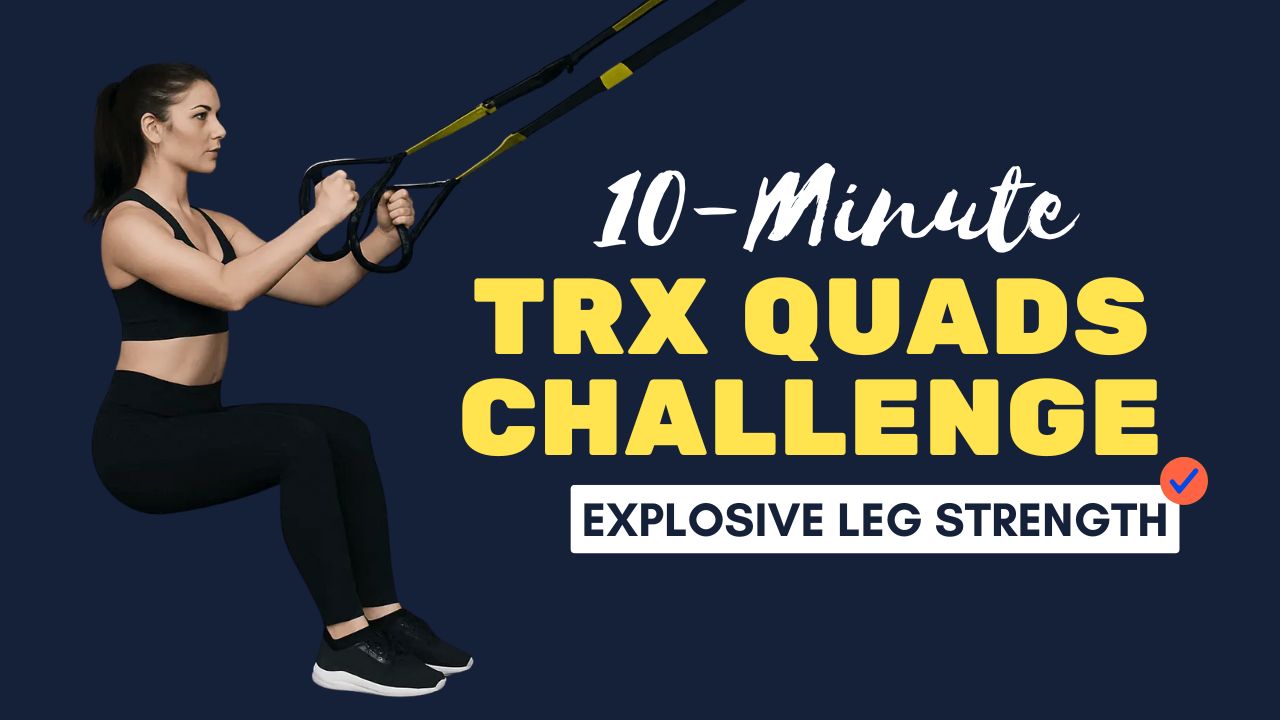The hamstrings are among the most overlooked yet vital muscle groups when it comes to functional strength, injury prevention, and athletic performance.
What’s more surprising? Tight or weak hamstrings are linked to lower back pain, poor posture, and decreased mobility.
Now here’s the twist — most people train them wrong. They either over-rely on heavy machines or completely ignore them in favor of quads or glutes.
That’s where the Swiss ball steps in — a game-changing tool that challenges your balance, boosts core engagement, and fires up your hamstrings like no other.
In this post, you’ll discover 10 powerful Swiss ball hamstring exercises that not only build strength but also improve stability, mobility, and control. Plus, each exercise comes with a brief “how-to” so you can perform it safely and effectively.
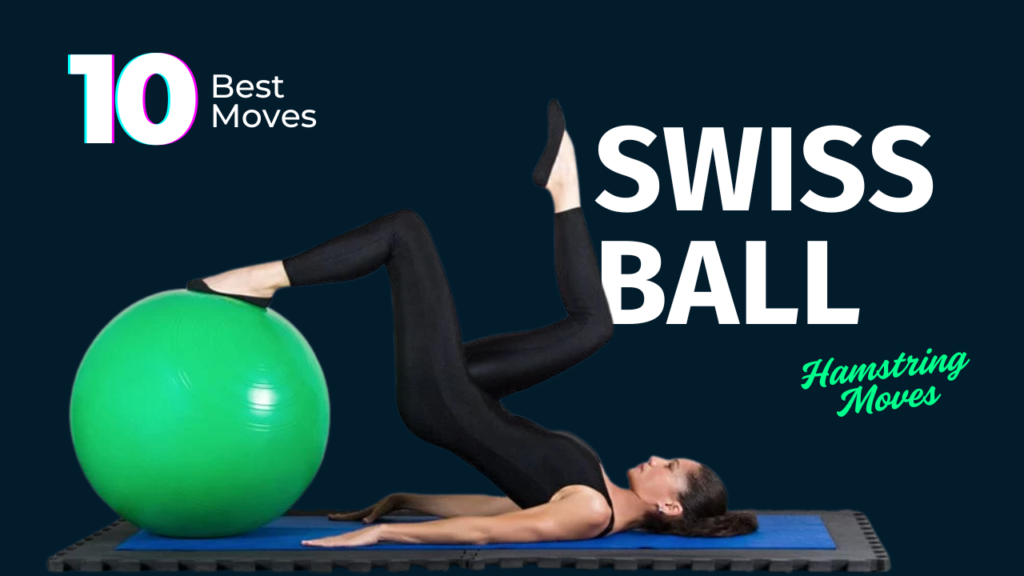
Table of Contents
What Can Happen After 30 Days of Swiss Ball Hamstring Exercises
| Positive Outcome | Explanation |
|---|---|
| Improved Hamstring Strength | Regular activation builds muscle strength, especially in the posterior chain. |
| Better Balance and Core Stability | Swiss ball exercises engage stabilizers, enhancing body control and coordination. |
| Increased Hamstring Flexibility | Dynamic movement and controlled range improve muscle length and elasticity. |
| Reduced Lower Back Discomfort | Stronger hamstrings support the pelvis and ease stress on the lumbar spine. |
| Enhanced Muscle Tone and Definition | Targeted work helps shape the hamstrings and back of the thighs. |
| Improved Athletic Performance | Strong hamstrings are critical for sprinting, jumping, and quick directional moves. |
| Better Posture and Pelvic Alignment | Hamstring strength balances the hips, preventing anterior pelvic tilt. |
| Lower Risk of Hamstring Strains and Injuries | Balanced training and improved flexibility reduce the likelihood of strains. |
| Greater Joint Stability in Knees and Hips | Enhanced posterior chain strength supports joints during everyday activities. |
| Increased Body Awareness and Movement Control | The instability of the ball improves neuromuscular coordination. |
Do & Don’t: Swiss Ball Hamstring Exercise Guide
| Do | Don’t |
|---|---|
| Focus on form over speed | Don’t rush through reps or swing the ball |
| Engage your core during every movement | Don’t let your hips sag during bridges or curls |
| Start with easier variations like glute bridges | Don’t jump into advanced moves without proper stability |
| Use a properly sized and well-inflated Swiss ball | Don’t use a ball that’s too large, soft, or unstable |
| Perform exercises on a non-slip surface or mat | Don’t work out on slippery floors — it increases injury risk |
| Breathe steadily and naturally throughout each rep | Don’t hold your breath or overexert on each movement |
| Rest 24–48 hours between sessions to recover | Don’t train the same muscle group every day |
| Maintain a neutral spine and controlled movement | Don’t over-arch your lower back or collapse your posture |
| Incorporate single-leg variations for balanced strength | Don’t ignore muscle imbalances — it can lead to injuries |
| Warm up before and stretch after your session | Don’t skip mobility work or cooldown stretches |
10 Best Swiss Ball Hamstring Moves
1. Swiss Ball Hamstring Curl
How to do it:
- Lie on your back with heels on the Swiss ball, arms at your sides.
- Lift your hips to form a straight line from shoulders to heels.
- Bend your knees and roll the ball toward your glutes.
- Slowly extend back to the starting position.
Tip: Keep your hips lifted throughout to maximize activation.
Why it works:
This classic move isolates the hamstrings and recruits the glutes and core muscles.
2. Single-Leg Hamstring Curl
How to do it:
- Start in the same position as the standard curl, but lift one leg off the ball.
- With the other leg, curl the ball toward your body.
- Return slowly. Switch sides.
Challenge: Engage your core to prevent hip drop or rotation.
Why it’s effective:
This unilateral variation targets muscle imbalances and adds difficulty through instability.
3. Glute Bridge on Swiss Ball
How to do it:
- Place your upper back on the ball and feet flat on the floor.
- Lower your hips, then drive through your heels to raise them until your torso is parallel.
- Pause at the top, squeeze your glutes and hamstrings, and lower down.
Myth buster:
Many believe glute bridges only target the glutes. In fact, when done on a Swiss ball, the hamstrings get a serious workout due to instability.
4. Hamstring Walkout on Ball
How to do it:
- Lie on your back with feet on the ball, hips lifted.
- Slowly walk your feet forward, extending your legs while keeping hips elevated.
- Reverse the walk to return.
Bonus: Great for strengthening the posterior chain while enhancing control.
Interesting fact:
This movement doubles as a dynamic stretch and strength builder, ideal for post-injury rehab.
5. Swiss Ball Hip Thrust
How to do it:
- Sit on the floor with upper back against the ball, feet hip-width apart.
- Thrust your hips up until knees are at a 90-degree angle.
- Squeeze at the top, then slowly lower.
Use it for: Building explosive power and stability.
Why it works:
Activates both hamstrings and glutes while offering support for the spine.
6. Prone Leg Curl (Face Down)
How to do it:
- Lie face down with the ball under your shins.
- Curl your legs toward your glutes by rolling the ball inward.
- Extend back with control.
Focus: Prevent your hips from rising — maintain contact with the floor.
Did you know?
Training the hamstrings in a prone position mimics many athletic movements, like sprinting and kicking.
7. Swiss Ball Leg Tucks
How to do it:
- Start in a plank position with shins on the ball.
- Draw the ball toward your chest using your legs.
- Return slowly to plank.
Form tip: Keep shoulders over wrists and avoid hip sagging.
Why it’s unique:
Combines hamstring work with intense core activation, ideal for athletes.
8. Wall-Supported Ball Curl
How to do it:
- Place the Swiss ball between your lower back and a wall.
- Position feet slightly forward.
- Lower into a squat while pressing into the ball, then rise using hamstring strength.
Why it helps: Adds control and reduces pressure on knees.
Rehabilitation approved:
A safer variation for those recovering from injury or beginners needing more support.
9. Swiss Ball Straight-Leg Raise
How to do it:
- Lie flat on your back, place a Swiss ball between your ankles.
- Squeeze the ball and lift both legs up.
- Slowly lower them back down without touching the floor.
Don’t rush: Controlled movement maximizes hamstring tension.
Stability meets strength:
This slow-tempo movement improves control and mind-muscle connection.
10. Swiss Ball Reverse Hyper Extension
How to do it:
- Lie face down on the ball with hands on the floor.
- Let your legs hang off, then raise them behind you until they align with your back.
- Lower slowly.
Avoid this: Swinging the legs — focus on squeezing and slow tempo.
Why athletes love it:
Targets hamstrings and lower back while improving spinal extension strength.
Final Thought: Unlock the Power of the Ball
The Swiss ball might look like a simple tool — but when used wisely, it becomes one of the most versatile and effective ways to train your hamstrings.
From improving balance and coordination to correcting imbalances and building pure strength, these 10 moves are more than just accessory work — they’re essential.
Whether you’re an athlete, a desk worker, or someone recovering from injury, adding these Swiss ball hamstring exercises to your weekly routine could mean fewer injuries, stronger legs, and better posture — all without needing a single weight machine.
Frequently Asked Questions (FAQs)
Are Swiss ball exercises effective for hamstring development?
Yes, Swiss ball exercises are highly effective for hamstring development. They challenge your stability, increase muscle engagement, and often recruit supporting muscles like the glutes and core, making them a smart choice for both strength and injury prevention.
Can beginners do Swiss ball hamstring exercises?
Absolutely. Many of the exercises, like the Glute Bridge on a Swiss Ball or Wall-Supported Ball Curl, are beginner-friendly. You can also modify more challenging moves by reducing range of motion or using support like a wall or mat.
How often should I train my hamstrings with a Swiss ball?
You can train your hamstrings 2–3 times per week using a Swiss ball, allowing at least 48 hours of recovery between sessions. Focus on form and control, especially in the beginning.
Do these exercises replace traditional hamstring workouts?
They can supplement or even replace traditional workouts depending on your goals. If you’re looking to build functional strength, improve mobility, or prevent injury, Swiss ball exercises are a great standalone option. For muscle hypertrophy, you might combine them with other resistance-based movements.
Can Swiss ball exercises help with lower back pain?
Yes. Many hamstring exercises on the Swiss ball also engage the glutes and core, which support spinal alignment. Strong, flexible hamstrings reduce tension on the lower back. However, always consult a healthcare provider if you have chronic pain or injury.
Are these exercises safe for people with knee issues?
Generally, yes — especially movements like Glute Bridge or Wall-Supported Ball Curl that reduce knee strain. But it’s essential to perform each exercise with proper form and consult a professional if you have a pre-existing knee condition.
How long does it take to see results from Swiss ball hamstring workouts?
With consistent training (2–3 sessions per week), many people notice improvements in strength, balance, and muscle tone within 3–4 weeks. Visible definition may take 6–8 weeks, depending on your overall activity level and diet.
